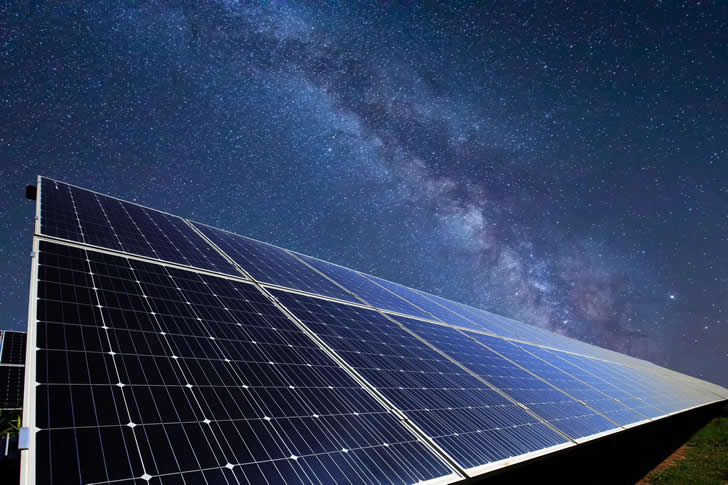How to Select the Best Solar Panel Type for Your Needs
The decision to switch to solar energy is commendable, reflecting a commitment to sustainable practices and energy independence. However, this transition comes with crucial choices, particularly selecting the type of solar panel that aligns with your energy needs, budget, and environmental conditions. This guide will dissect the various types of solar panels, helping you navigate this landscape and make an informed decision that resonates with your unique requirements.

Understanding the Different Types of Solar Panels:
Recognizing the distinct types of solar panels is fundamental in your selection process.
Monocrystalline panels, known for their high efficiency and durability, are ilow price for long-term investment and areas with limited space but come at a higher cost.
Polycrystalline panels, while less efficient, offer a more budget-friendly upfront investment, making them suitable for areas with ample roof space.
Thin-film panels, often cheaper, are flexible and lightweight, but require a lot of space, and their efficiency may not meet higher energy demands.
Assessing Energy Needs and Solar Goals:
Your household’s energy consumption patterns play a crucial role in selecting the appropriate solar panels.
Analyze your electricity bills to understand your peak usage and identify the capacity required from your solar system.
Consider your long-term energy goals. Whether you aim to reduce your carbon footprint, become energy independent, or ensure a cost-effective energy solution, your objectives will guide your panel choice.
Considering Climatic and Environmental Conditions:
Nearby weather conditions and geographical location significantly influence panel efficiency.
Evaluate the climate of your area. For instance, monocrystalline panels are more efficient in warm weather, while polycrystalline panels might suffice in cooler regions.
Factor in nearby environmental conditions. Locations prone to dust, snow, or salt mist may require panels with specific protective features or certifications.
Balancing Efficiency with Budget:
Finding a balance between efficiency and cost can help in narrowing down your panel options.
Determine your budget, considering not just the panels but also installation costs, potential maintenance, and the possibility of needing additional panels in the future.
See the cost per watt (CPW) of different panel types relative to their efficiency to understand the value of your investment better.
Research Warranties and Manufacturer Reliability:
The assurance that comes with your panels is a crucial aspect of your selection.
Investigate the manufacturer’s reputation, financial stability, and history within the industry, ensuring they are likely to honor their warranties.
Scrutinize warranty details, understanding the coverage, the duration (typically 25-30 years), and what is included and excluded in terms of defects or efficiency guarantees.
Selecting the most suitable solar panel type for your needs is a critical step in your journey toward sustainable energy. By taking into account the different panel types, your energy requirements, environmental factors, budget limitations, and warranty offerings, you can make a decision that promises satisfaction and peace of mind. This transition is not just a pursuit of energy efficiency but a stride towards a responsible and sustainable future.







Recent Comments